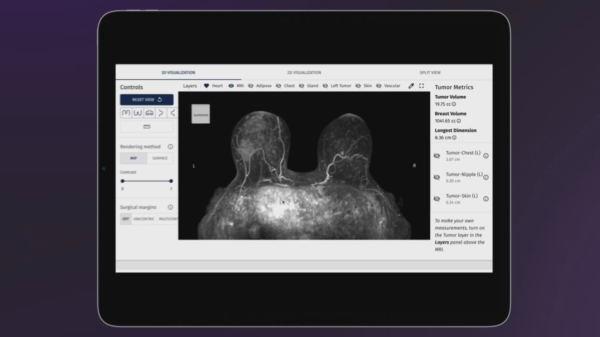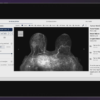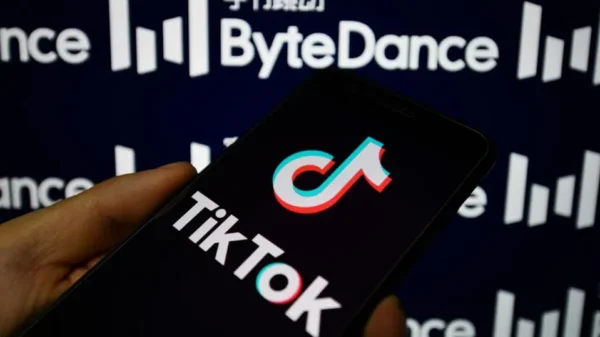Huawei Technologies Co., Ltd. subsidiary Huawei Mauritius, the International Union for Conservation of Nature (IUCN), and EcoMode Society have embarked on a new phase of their Tech4Nature Mauritius project, utilizing AI-based data analysis to guide conservation decisions and support marine biologists’ research.
The organizations have announced a new phase of the Tech4Nature Mauritius project, which aims to study species’ reproductive success in a restored area of reef in Mauritius.
The initiative follows a significant milestone achieved in June, where the partners, with the support of the local community, successfully transplanted 25,000 coral fragments from coral nurseries to a degraded area of the reef ecosystem in Pointe-aux-Feuilles, a site off the east coast of Mauritius. This project is one of the first of its kind in the Western Indian Ocean.
“I commend the achievement of the Tech4Nature initiative. Our objective is that by 2030, we can work together for a healthy ocean that supports nature and people,” said Sudheer Maudhoo, Minister of Blue Economy, Marine Resources, Fisheries and Shipping for Mauritius.
“With the support of the Tech4Nature initiative, Huawei, and its partners, we look forward to continued action to restore ocean and coastal biodiversity for future generations.”
The second phase of the project will use AI-based data analysis to guide conservation decisions, support marine biologists’ research, and educate the public on the importance of reef conservation and restoration. To monitor species’ mobility at the coral reef restoration site and determine factors that disturb reproductive success, a solution comprising cameras, GPS receivers, 4G and cloud technology has been deployed.
The 243 kilometre squared lagoon created by the 150-km reef system of fringing coral is home to a rich array of aquatic life, including 61 species of macroalgae, 110 species of corals, 132 species of fish and many endemic species.
However, the reef system faces many threats, including overfishing, pollution, and changing seawater composition due to the removal of mangroves and seagrass. Climate change has also caused a rise in sea levels, more extreme storms and increased sea temperatures.
Read more: Huawei’s AI platform helps jaguar conservation in Yucatan jungle
Read more: Huawei 5G connected intelligent mining system reaches one-year milestone
Mauritus heavily relies on coral reef resources
As a Small Island Developing State (SIDS), Mauritius heavily relies on its coral reef resources, especially for its fisheries and tourism industries. Tourism accounts for about 8 per cent of the island nation’s GDP and 10 per cent of its employment.
Coral aquaculture to repair degraded reef has gained traction in Mauritius, with microfragmentation serving as a relatively new technique where small coral fragments are mounted in off-site nurseries using concrete blocks, galvanized structures, and natural basaltic rocks to support coral growth.
“The project will help us to have more information to manage and regulate public use,” EcoMode Society President Nadeem Nazurally said.
“It will also bring biodiversity conservation closer to the general public, as videos and other dissemination materials are planned through the mobile app. In collaboration with IUCN and Huawei, the project allows us to make a qualitative leap by incorporating new technologies into the monitoring and conservation of species.”
Early monitoring at the restoration site has shown an increase in local biodiversity, and an additional 1,890 coral fragments are currently being propagated in the coral nursery to expand the restoration area.
With the site’s designation as a Voluntary Marine Conservation Area (VMCA), the momentum for revitalizing biodiversity in the reef ecosystem using the power of technology and partnerships is accelerating.
The project’s success to date demonstrates the value of further large-scale global reef restoration supported by digital technology. It is hoped that this project can be replicated in other areas of Mauritius and balance the needs of tourism and conservation.
Huawei has used its technology in other conservation projects including the identification of wildlife in the Dzilam state reserve in Yucatan, Mexico.
The company announced last May that by using its cloud platform and artificial intelligence, the conservation team they are working with has identified two adult males, one adult female and two jaguar cubs.
The collected data is analyzed by Huawei ModelArts AI platform and the Rainforest Connection’s Arbimon AI platform and offers a wealth of data-driven insights for researchers to develop conservation strategies based on a much more comprehensive understanding of the ecosystem as a whole.
Natalia@mugglehead.com














